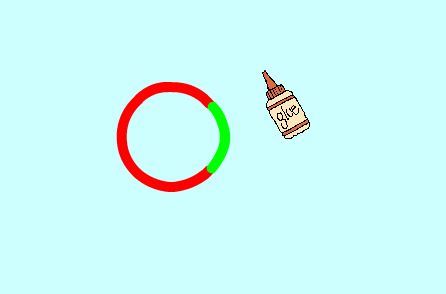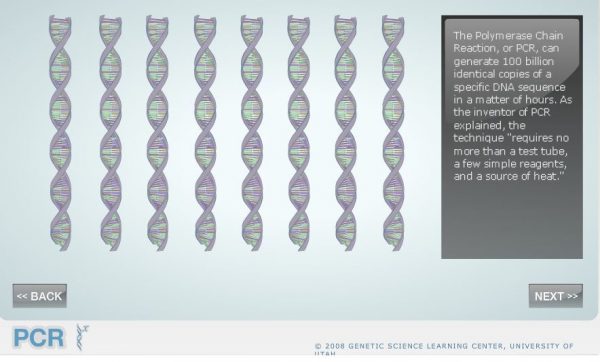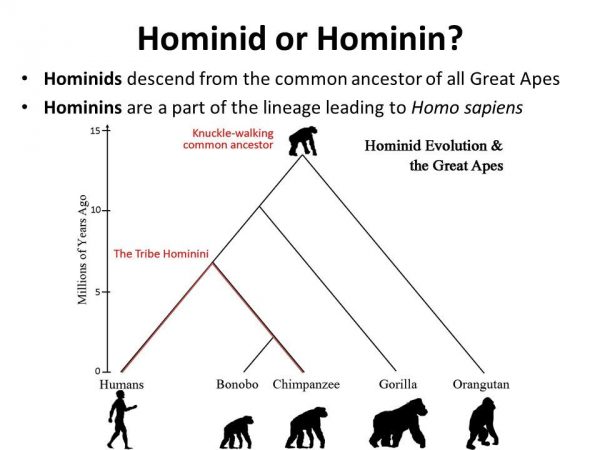Our last Area of Study in Unit 4 Biology is:
“How do Humans impact on biological processes?”
Key knowledge:
DNA manipulation:
• the use of enzymes including endonucleases (restriction enzymes), ligases and polymerases
• amplification of DNA using the polymerase chain reaction
• the use of gel electrophoresis in sorting DNA fragments, including interpretation of gel runs
• the use of recombinant plasmids as vectors to transform bacterial cells.Biological knowledge and society:
• techniques that apply DNA knowledge (specifically gene cloning, genetic screening and DNA profiling) including social and ethical implications and issues
• the distinction between genetically modified and transgenic organisms, their use in agriculture to increase crop productivity and to provide resistance to insect predation and/or disease, and the biological, social and ethical implications that are raised by their use
• strategies that deal with the emergence of new diseases in a globally connected world, including the distinction between epidemics and pandemics, the use of scientific knowledge to identify the pathogen, and the types of treatments
• the concept of rational drug design in terms of the complementary nature (shape and charge) of small molecules that are designed to bind tightly to target biomolecules (limited to enzymes) resulting in the enzyme’s inhibition and giving rise to a consequential therapeutic benefit, illustrated by the Australian development of the antiviral drug Relenza as a neuraminidase inhibitor
• the use of chemical agents against pathogens including the distinction between antibiotics and antiviral drugs with reference to their mode of action and biological effectiveness.
Genetically modified organisms –
- Genetically Modified (GM) Crops – Techniques and Applications from the Colorado State University
- Are GMO’s Good or Bad? Genetic Engineering and our Food (YouTube, 9.02min)
- Pamela Ronald – the case for engineering our food (TED talk, YouTube, 17.49min)
- Genetically Modified Crops (YouTube, 1.32min)
Insect resistant (‘Bt’) cotton
- Global impact of insect-resistant (Bt) cotton
- Biotechnology and cotton in Australia
- Cotton pest management (from CSIRO)
- Catalyst – Daily bread or dread? (Video, 8.40min)
Insect resistant (‘Bt’) corn
- Bt corn – what it is and how it works
- Bt crops, pest resistance and management (YouTube, 8.56min)
Herbicide tolerant (‘Roundup ready’) canola
- Round-up Ready Canola grower (Monsanto video, YouTube, 2.23min)
- Using fallow and Round-up Ready canola in the rotation for weed control (Department of Agriculture and Food, YouTube, 3.58min)
Iron-fortified wheat
- World Health Organisation (website)
- Nutritionally enhanced food crops – progress and perspectives (website)
Golden rice
Drought-tolerant wheat
‘Round up’ resistant soy beans
Please add any useful references in the comments section to share with other readers.



